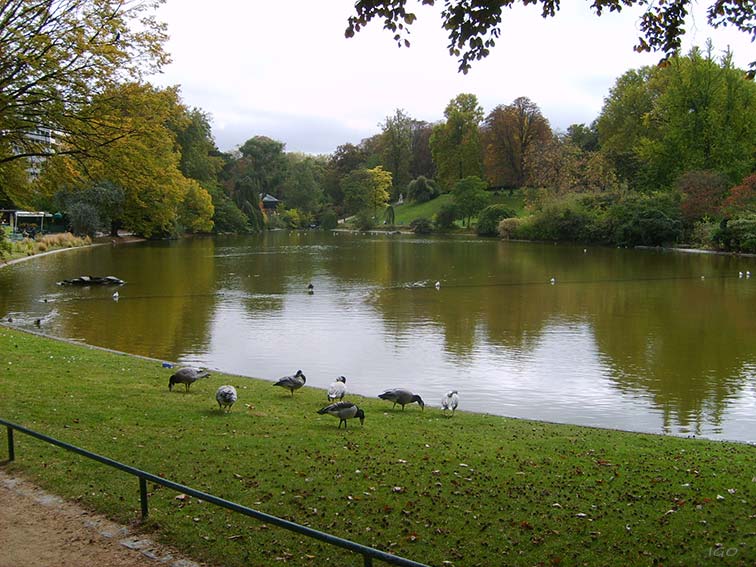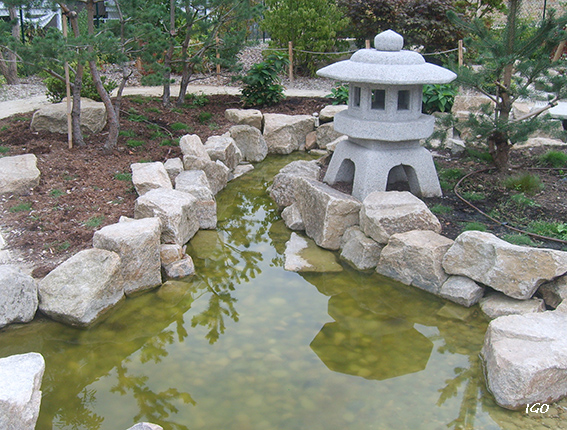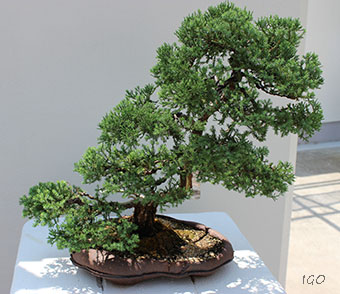 - Welcome - Art of the garden
- Welcome - Art of the garden
Art of the garden and landscape design
The art of the garden is inseparable from our heritage. This green setting makes it possible to embellish the monuments. It is a haven of peace for the soul and the spirit, where you can unwind and enjoy nature.
We have a variety of exceptional landscapes as well as a diversity of gardens, such as French-style gardens, those with English accents, Japanese gardens, and many others.
French style garden
The French garden is structured with rectilinear shapes and symmetrical decorations. The Cartesian spirit is required with a fair balance of proportions. It extends the perspective of the monuments.
Paths, groves, fountains, water features, flower beds, and topiaries are used to enhance the architecture of these gardens. The way we trim the trees and plants participates in this regularity. Beyond this ability to arrange these spaces, a deep knowledge of the plants is essential to settling them in adequacy with the nature of the soil, the climate, and the seasons.
André le Nôtre, who lived in the 17th century, was the emblematic gardener of King Louis XIV, and the creator of many French gardens. He had imagined flower beds assimilable to embroidery and had used fountains and water games. Versailles was a place of experimentation and the acclimatization of vegetables and fruits from distant lands, too. His creations earned him international recognition and have influenced all of Europe, such as the Waddesdon Manor in North West London, the Granja de San Ildefonso Gardens in North West Madrid, the Schönbrunn Gardens in South West Vienna, and the Nymphenburg Palace Park in North West Munich, which was partly laid out in a French spirit.
Among those who shaped our gardens, it is essential to mention the botanists and apothecaries who devoted their lives to the study of plants. Jean Robin, the official gardener to several kings, including King Henri IV, gave his name to the Robinia, whose oldest specimens in Europe are located in the René-Viviani square opposite Notre Dame Cathedral in Paris. Monsieur de Tournefort advanced the classification of plants and explored distant lands, accompanied by the German doctor and botanist Andreas Von Gundelsheimer and the painter Claude Aubriet. Mr. de Jussieu is known to have brought back to France the cedar of Lebanon, from which he had procured a few feet from England, the seeds of which came from the Chelsea Physic Garden in London.

The french style garden strengthens the perspective of the monument.
English style garden
The English style garden looks like a natural landscape with curved lines and spaces cleverly organized. It is a subtle balance between nature and artistic forms. Nature occupies a predominant position, and adjustments made by human hands must be minimized. The perspective is used differently from the French way. The elements that make up the landscape are of different sizes.
Lancelot Brown was the most important landscape architect of the English garden in the 18th century. He took advantage of what nature had to offer and played with landforms. He laid out different gardens in castles, manors, and parks as the Royal Botanic Gardens of Kew. This Unesco World Heritage Site is located along the Thames and has quite an exceptional collection of plants.
Repton Humphry was also recognized for landscaping beautiful English gardens in fine homes. His talents as a watercolorist were used for this purpose. Sheringham Gardens, located in the east of England in the county of Norfolk near the coast, are one of his finest achievements.

The perspective blends with the landscape in the English style garden.
Japanese style garden
The Japanese style garden is a place of serenity, harmony for the soul and the spirit, and an invitation to meditation. It respects specific codes, ancestral traditions, and Buddhist practices. It is a miniature replica of nature carried out with great humility, with the water flowing peacefully and rocks symbolizing the mountain.
It is designed with natural effects aimed at valuing nature and respecting the environment. It must be the subject of careful, regular maintenance.
There are several styles of Japanese gardens, such as the one designed around a pond, the one incorporating outdoor landscapes into its conception, the dry garden with raked sand and gravel, and then the iconic tea garden.

The lantern to light the way, the tsukubai fountain to wash your hands, to purify
and the Japanese paving stones called tobi ishi to keep the feet dry when it rains,
and also to respect the proposed path to avoid degrading the trails.

Bonzaï art
The art of bonsai is part of Japanese culture, with miniature trees being cultivated in pots. Regarding varieties of bonsai, some are better suited to being able to force these plants to grow to reduced sizes, whether indoors or outdoors.
These plants must be regularly trimmed in a balanced manner, with harmony, to enable them to develop correctly in this limited space. The Chinese were the first to cultivate these bonsai, probably for medicinal purposes.



Mediterranean style gardenThe Mediterranean garden is characterized by the plant species that make it up, as well as the shrubs of different sizes. It contains sun-resistant plants such as cypresses, olives, palms, citrus, and ground covers. Spaces of dry stones, gravel, aromatic plants, and succulents punctuate the whole. This type of garden requires little maintenance, but the soil drainage needs to be well designed. |
 |

An English garden with Mediterranean accents.
Floating gardens of Amiens
"Hortillonnages" is the name given to these market gardens, irrigated gardens, located in the heart of Amiens, near the Cathedral. The word hortillon comes from the Latin hortus, meaning garden, which gave it the name hortillon in the Picardy language. These gardens are only accessible by flat-bottomed boats.
Originally, these marshes were the property of the chapter of the cathedral. This place has been referred to as Caesar's time. The market gardening activity developed in the Middle Ages. This is the oldest known community of gardeners in France, with valuable knowledge accumulated over the centuries.
The floating market has seen renewed interest since the 2000s. It takes place in the Saint-Leu district on the third Sunday in June. On this occasion, the flat-bottomed boats are loaded with vegetables and colorful flowers that grew in these fertile lands.
Charlemagne Gardens
Charlemagne, who wanted to optimize the gardens of palaces, monasteries, and estates, had created an ordinance. These recommendations had been compiled in a capitulary, the capitulary of villis vel curtis impperri, kept in Germany at the library of Wolfenbüttel.
The species, plants, vegetables, fruit trees, and dye plants had been listed, and the allocation of the different spaces was described as follows:
- Herbularius: the garden of medicinal plants
- Hortus, the vegetable garden
- Viridarium, the orchard.

Allotment gardens
The community garden for the factory workers was created in 1896 under the leadership of Father Lemire. He was born into a farming family in the municipality of Vieux-Berquin, in northern France. He was elected mayor of Hazebrouck, in French Flanders, on the eve of the hostilities of the First World War. He received the Legion of Honor for his actions in supporting the local population during the war.
Several conferences on the allotment gardens had been organized before the 1914–18 War in Paris. M. Lemire understood the benefits of cultivating his garden and harvesting his vegetables for his citizens before everyone else, and it was a complementary source of income.
In the past, a garden competition was organized in Hazebrouck in early July with a medal ceremony. Costumed groups roamed the city with brass bands and music, and this was still the case during the interwar period.
